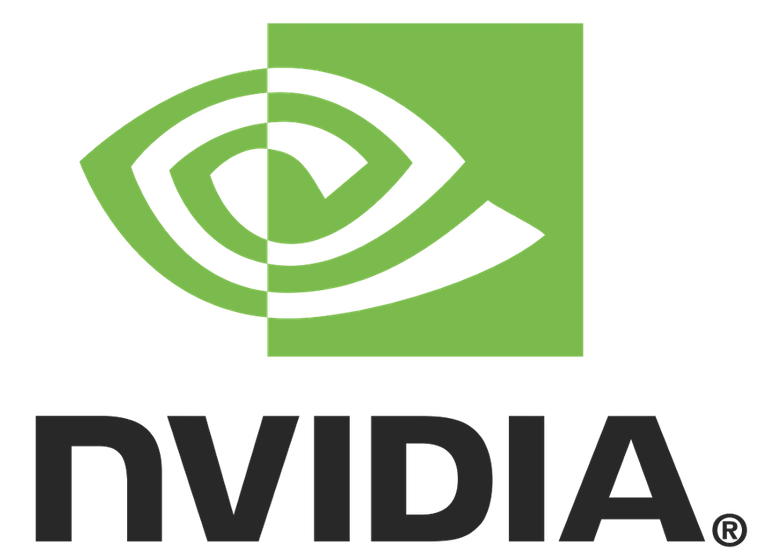
In this tutorial, we will show you how to install CUDA on Ubuntu 20.04 LTS. For those of you who didn’t know, CUDA (Compute Unified Device Architecture) is a parallel computing platform and programming model developed by NVIDIA for general computing on their GPUs (graphics processing units). It enables dramatic increases in computing performance by harnessing the power of the GPU.
This article assumes you have at least basic knowledge of Linux, know how to use the shell, and most importantly, you host your site on your own VPS. The installation is quite simple and assumes you are running in the root account, if not you may need to add ‘sudo‘ to the commands to get root privileges. I will show you the step-by-step installation of the CUDA on Ubuntu 20.04 (Focal Fossa). You can follow the same instructions for Ubuntu 18.04, 16.04, and any other Debian-based distribution like Linux Mint.
Prerequisites
- A server running one of the following operating systems: Ubuntu 20.04, 18.04, and any other Debian-based distribution like Linux Mint.
- It’s recommended that you use a fresh OS install to prevent any potential issues.
- SSH access to the server (or just open Terminal if you’re on a desktop).
- An active internet connection. You’ll need an internet connection to download the necessary packages and dependencies.
- CUDA is designed to work with NVIDIA GPUs, so you’ll need a compatible GPU installed on your system.
- A
non-root sudo useror access to theroot user. We recommend acting as anon-root sudo user, however, as you can harm your system if you’re not careful when acting as the root.
Install CUDA on Ubuntu 20.04 LTS Focal Fossa
Step 1. Before installing any new software, it’s always a good practice to ensure that your system is up-to-date. This step helps to avoid potential conflicts and ensures a smooth installation process. Run the following commands to update your system:
sudo apt update sudo apt upgrade
Step 2. Installing CUDA on Ubuntu 20.04.
By default, the CUDA package is not available on Ubuntu 20.04 base repository. Now we add the CUDA repository pin to your system using the following command below:
wget https://developer.download.nvidia.com/compute/cuda/repos/ubuntu2004/x86_64/cuda-ubuntu2004.pin
Next, we move the pin to the /etc/preferences.d directory and rename it as cuda-repository-pin-600:
sudo mv cuda-ubuntu2004.pin /etc/apt/preferences.d/cuda-repository-pin-600
After that, download the CUDA Ubuntu file using the following command:
wget https://developer.download.nvidia.com/compute/cuda/11.4.2/local_installers/cuda-repo-ubuntu2004-11-4-local_11.4.2-470.57.02-1_amd64.deb
Then, use the dpkg command to execute the file:
sudo dpkg -i cuda-repo-ubuntu2004-11-4-local_11.4.2-470.57.02-1_amd64.deb
Finally, the package lists and install the CUDA software package:
sudo apt update sudo apt install cuda
Step 3. Installing CuDNN.
Now we download CuDNN installed from the official page. After registering in NVIDIA Developer Program you can download the latest version of cuDNN:
tar -xzvf cudnn-10.2-linux-x64-v8.2.4.15.tgz
Next, copy the following files to the CUDA directory:
sudo cp cuda/include/cudnn*.h /usr/local/cuda/include sudo cp cuda/lib64/libcudnn* /usr/local/cuda/lib64 sudo chmod a+r /usr/local/cuda/include/cudnn*.h /usr/local/cuda/lib64/libcudnn*
Congratulations! You have successfully installed CUDA. Thanks for using this tutorial for installing the CUDA NVIDIA on Ubuntu 20.04 LTS Focal Fossa system. For additional help or useful information, we recommend you check the official NVIDIA website.